Warhammer: Chaosbane — A robust aRPG
Games Workshop’s iconic series’ latest outing is an ARPG in the form of Warhammer: Chaosbane.
In the world of action-RPGs, Diablo III remains the undisputed champion, but that’s not to say that competition for the rank of number one contender isn’t strong. Path of Exile, Viktor Vran: Overkill, Torchlight and Van Helsing plus many more — there are hundreds of choices in what remains a heavily contested genre. With so many options to choose from, I was curious to find out how Warhammer: Chaosbane would use its exceptional license to stand out, let alone stand up to Blizzard’s magnum opus.
The Warhammer lore could have been Chaosbane’s not so secret weapon. The world that Games Workshop created over thirty years ago is filled with interesting characters, amazing locations and incredible races, but I’m sad to report that we see relatively little of it in Eko Software’s nonetheless very competent hack and slash adventure game.
Instead, what we get is a game that imitates Diablo III and even improves on it in some areas, but fails to use the Warhammer lore to differentiate in any meaningful way. From a mechanical perspective, Warhammer: Chaosbane hardly sets a foot wrong and everything that you’d expect to see is here.
Four characters from classes and races so predictable that you can probably guess them right now? Check. A completely pasted on story that moves the player arbitrarily from one location to the next? Check. Tons of loot? Check. An impressive range of customisable skills across several different trees? Check. Let’s linger on this last one for a moment because it’s actually something that I really like — Chaosbane does skills better than Diablo III. Yes, I said it.
Each of the four characters (a human all rounder, a dwarven slayer, a high elf mage and a wood elf ranger) come with their own skill tree that initially opens up to include a set of basic skills that automatically map (on console) to the four face buttons, the triggers and the right bumper. The left bumper is reserved for a health potion that can be used once and replenishes itself over the next thirty seconds or so.
Once these basic skills (and a passive skill) are acquired (less than an hour or so in, on average) the next set will start to unlock, allowing players to upgrade their characters basic moveset. This is where the interesting part of Warhammer: Chaosbane reveals itself, since each character has a limited number of skill points to spread across all unlocked abilities. As an example, once your first two enhanced skills are unlocked, you’ll initially only be able to equip one of them.
Fast forward to the late game and each character maxes out at one hundred skill points, which allows a few of the most powerful skill variants to be equipped alongside several weak ones or for a more general build to be created. Add these skill choices to a completely different tree that relates to “God Favor” points and you have some very interesting combinations of character specialisation to choose from.
This latter skill tree is vast and it reminds me of the one used in Final Fantasy VIII, to name but a single, possible influence. Starting from a central location, the player will spend favor points and shards (collected from fallen enemies) to purchase small, individual upgrades. These are generally as minute as a one or two percent buff to health, armour or attack, but by working along each branch, powerful and unique abilities can be obtained. In summary, because favor is also limited, a player can never fill out every branch, so some specialisation (tank, damage per second, glass cannon etc) will be needed.
As Warhammer: Chaosbane is an isometric action RPG in the most classic sense, loot plays a huge factor both in the late to end game replayability and the character build process. As you are no doubt hoping, there’s no shortfall in this area either, and loot is plentiful and varied, with everything from barely glinting common items to dazzling purple, bronze, silver and gold items showering the battlefield after any notable battle.
The combination of items, skills and favors amount to a dizzying array of possible outcomes for what appear to be four fairly mundane characters at the beginning of the game and I doubt any ARPG fan will be left disappointed. The endgame scenarios that support continued experimentation include a number of “locked” difficulty levels (each of which comes with a loot quality modifier) and a boss rush mode, as well as a mode specifically designed around farming shards to specialise those favors.
Regardless of whether you plan to spend a long time with Warhammer: Chaosbane, or you’re just here for the story, you’ll need to fight through the plot missions at some point. Chaosbane trims fluff down to the absolute bare minimum, giving the player just enough information to understand where they are going and who needs to be chopped to bits or immolated next. There’s next to nothing by way of side quests and almost anything that resembles one is swept up in the tide of gore that is the main campaign anyway.
What the campaign does do is take the player to some interesting locations, includes the cities of Nuln and Praag, which means you’ll be seeing an interesting mix of archetypal locations for this kind of game. Expect city streets, sewers, bogs and snowy wilderness, all of which are presented well and have a degree of detail that can at least be appreciated, even if it’s nothing worth writing home about.
What I was slightly more disappointed by (and I shouldn’t have been, given the name of the game) is the enemy variety. Warhammer: Chaosbane pitches the players against Khorne and Nurgle to name just a couple, and each army comes with its own variety of red, brown and greenish demons, beastmen and so on, but they are all much of a muchness. Sure, some are big and riddled with tentacles whilst others have maws that spew acid, but there isn’t much by way of a difference between those you face in the first levels versus those at the end — except their health bars.
The bosses, on the other hand, do pack a punch and come with a more varied range of attack patterns which can be quite tough. I had a memorable first battle against a Mutiloth that was a real nail biter and some of the named bosses are especially interesting to fight against. The summary of all of this though is that I kind of wish there had been some use of the more distinctly different evil races — where are the orks and the skaven or the vampire counts? By the way, I know that the answer is because these forces aren’t strictly aligned to chaos, but still, I wanted them here.
Skipping briefly back to the story for a moment, I should also mention that there is one reason why you’ll be glad that plot content is kept mercifully brief; the voice acting. Rarely have I seen a game in this day and age that has such universally poor voice acting across all of its characters. The high elf mage is whiney and arrogate, the wood elf ranger is a lady who occasionally speaks with the voice of a man (as if she was recast as female late in the development cycle) and the enemies are usually unconvincing and ridiculous, rather than scary.
Overall then, I’m left with something of a quandary when it comes to Warhammer: Chaosbane. It’s an action RPG that has promise at a technical level — it looks OK and it plays really well, with little or nothing to complain about in terms of the actual action. The skill trees and character development options are very strong (and perhaps my favourite in any similar game) but the enemies that you’ll use those skills on are often more mundane than you’ll want them to be.
My latter point about mundane enemies goes in contrast to what looks like a decent endgame thanks to several well featured additional modes and difficulty levels. If the level of interest to keep on fighting was there, I could see myself slogging through boss rushes and repeating the last level on the Chaos 4 difficulty setting. As it stands though, whilst only time will tell, I’m not as confident that Warhammer: Chaosbane will keep my interest beyond a second or third playthrough.
The lack of really strong use of the Warhammer lore is a criminal omission in my eyes and I really feel that better, more varied story, stronger voice acting and more side quests would have elevated what is a technically competent RPG into a great one. Warhammer: Chaosbane feels like a slightly missed opportunity at this stage in its development, although it’s worth keeping an eye on any possible expansions or large updates (think back to how Diablo III was at launch) and things might be very different. As a platform, Chaosbane has something to show for itself, but as a standalone experience, it fails to elevate itself above the crowd.
Warhammer: Chaosbane is available now for PC, Xbox One and PS4.
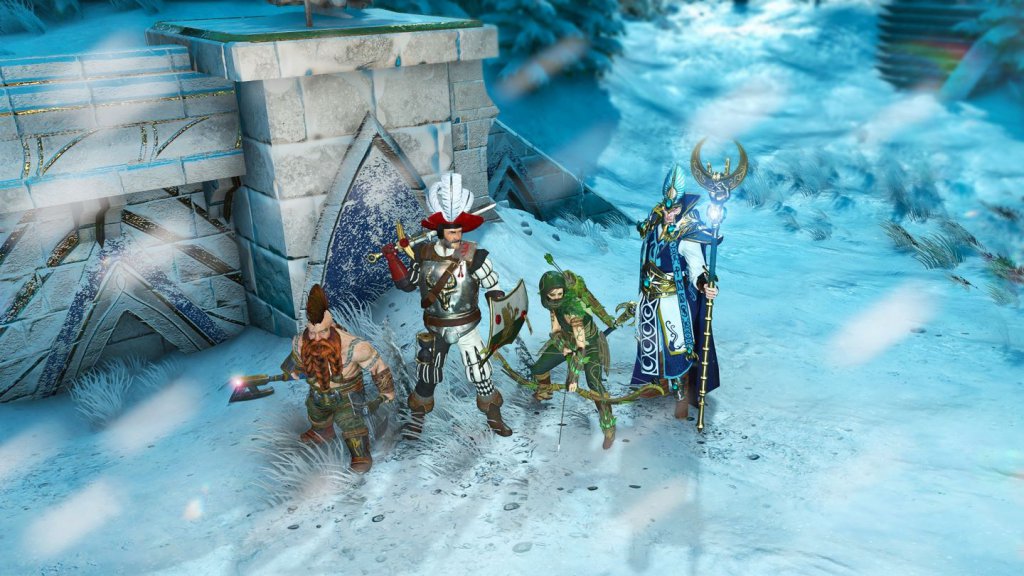
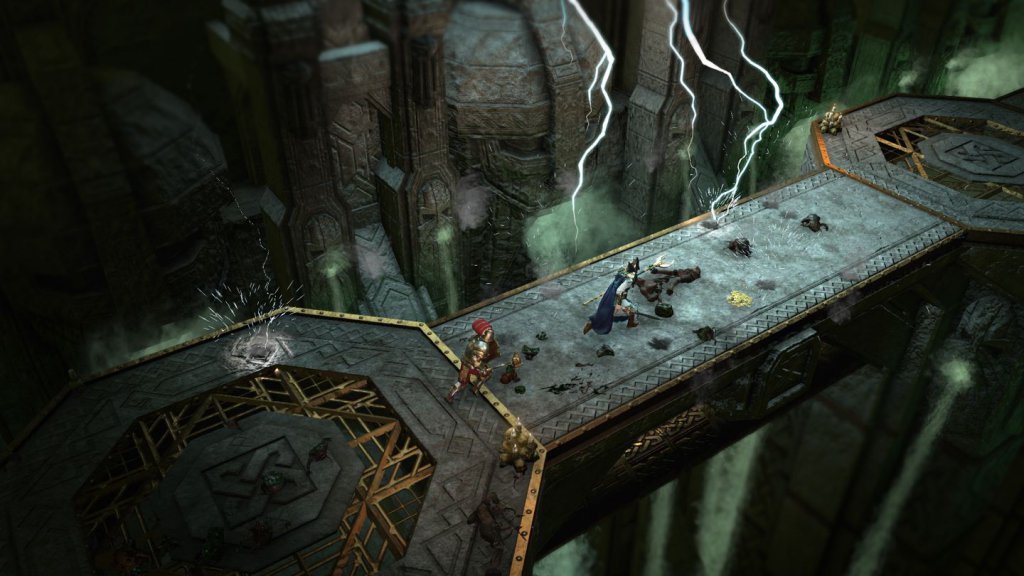
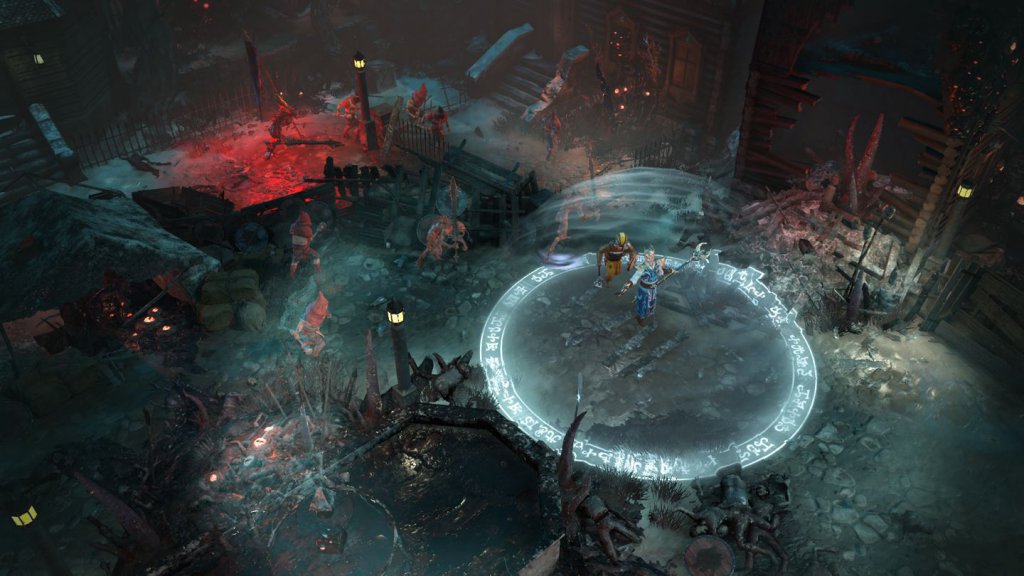
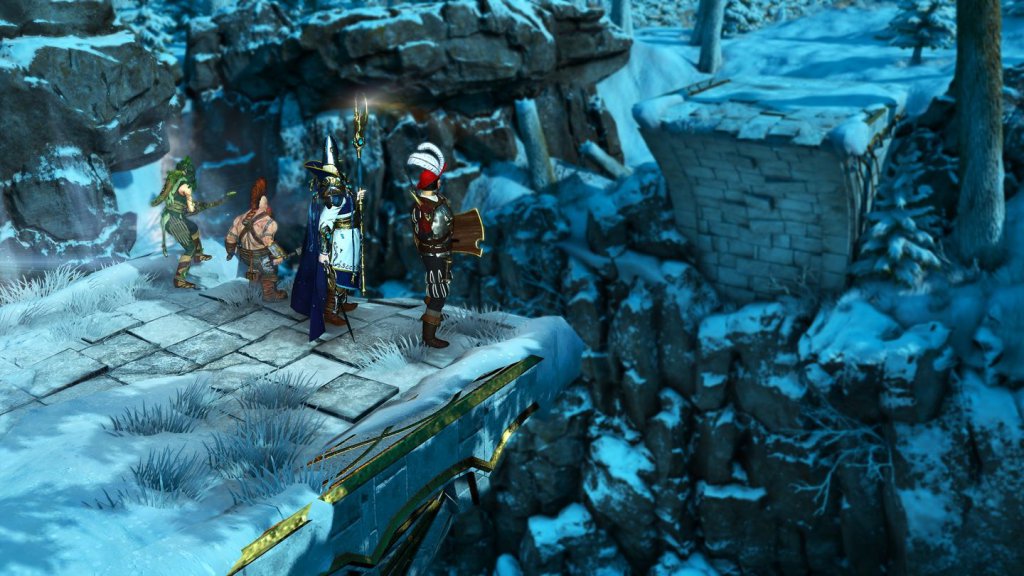

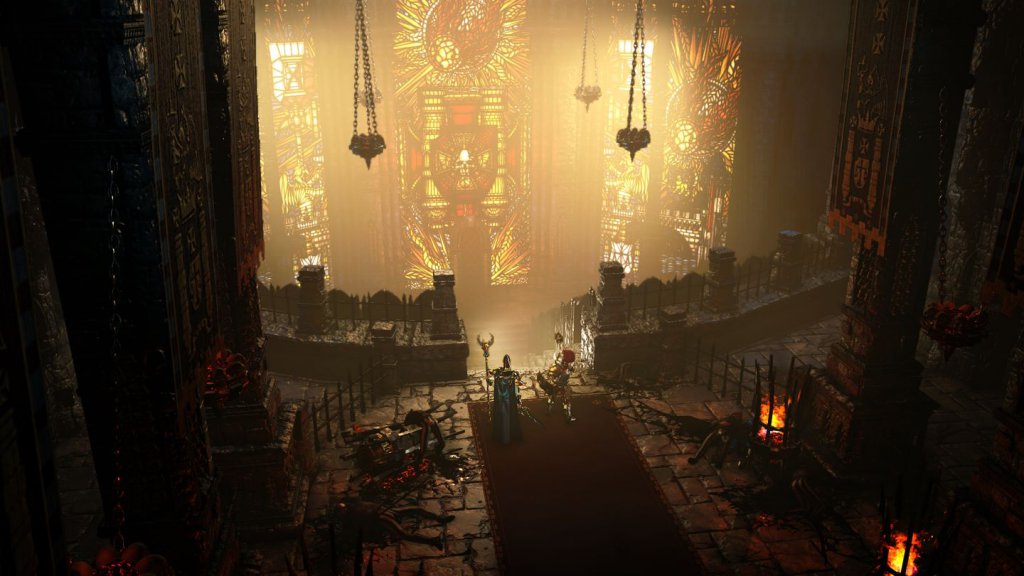
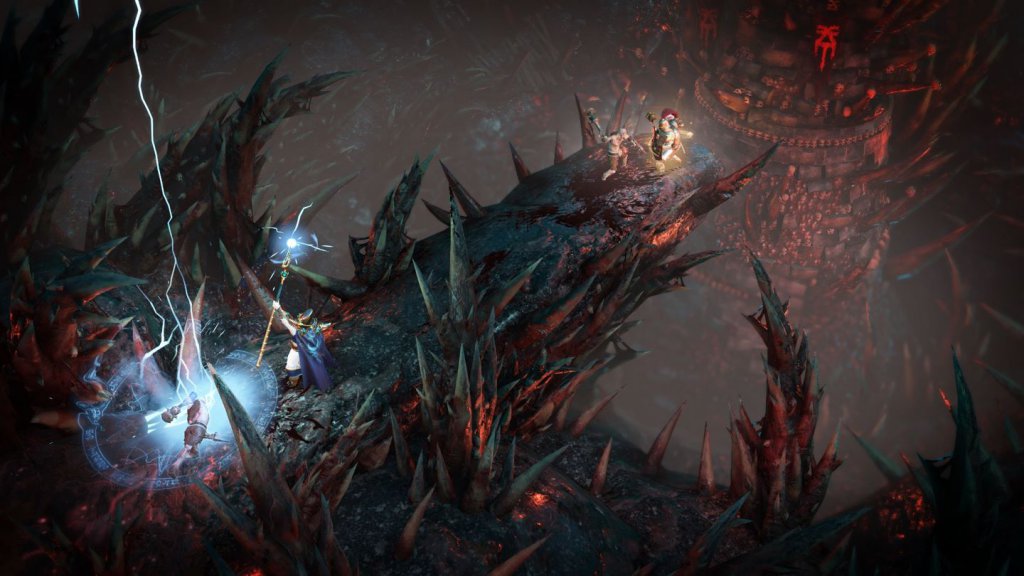
Comments are closed.